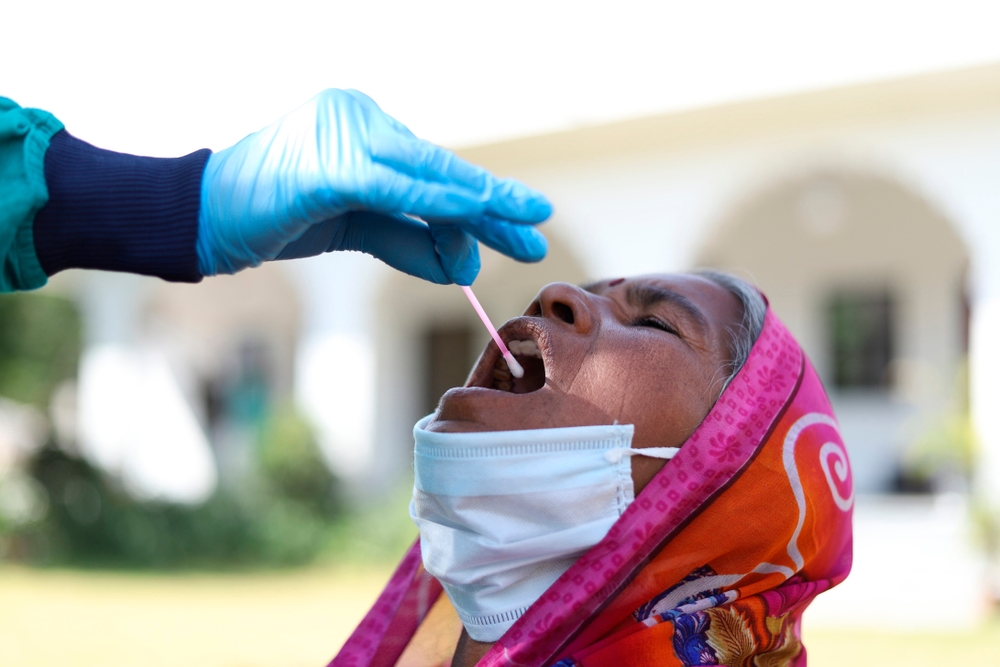B.1.617 (India) has been categorized as a “Variant of Interest,” which means the variant is being monitored. While the second wave in India was widely caused by the B.1.1.7 variant, B.1.617, which originated in the state of Maharashtra, has rapidly triggered new surges in other Indian states as well as Bangladesh and Pakistan.
Scientists are increasingly concerned about how different B.1.617 is from other variants. The reason? B.1.617 has been dubbed a “double-mutant COVID variant.”
What is a Double-Mutant COVID Variant?
B.1.617 is called a double-mutant COVID variant because it carries two mutations in the spike protein that the virus uses to fasten itself to human cell receptors and gain entry into cells. The two mutations are L452R, which is also present in the dominant strain found in California, and E484Q, which is also present in B.1.351 and P.1. This is the first time both mutations have been found together in a viral lineage.
“Scientifically, however, calling any variant, including B.1.617 a double-mutant makes no sense,” Kristian Andersen, an infectious disease scientist at Scripps Research Institute said recently in an interview with NPR. “SARS-CoV-2 mutates all the time. There are many double mutants all over the place.” Nevertheless, many health organizations and the media across the world continue to use the “double-mutant” moniker.
Is B.1.617 More Dangerous Than Other COVID Variants?
While more evidence is needed to determine if the two mutations make the B.1.617 more dangerous, some preliminary research has shown that the L452R mutation may improve the virus’ ability to infect human cells. Some studies even suggest that the L452R mutation can help the virus evade the human immune system, while other research points to E484Q’s propensity to making the virus less susceptible to antibodies.
Experts in India have also indicated that the variant may be highly transmissible: almost 60% of all cases in India’s COVID-19 epicenter have been caused by B.1.617. During an interview with Bloomberg, Anurag Agrawal, Director of the Council of Scientific and Industrial Research’s genomics institute, indicated that the L452R mutation, which has been well-documented in the United States, increases transmission by 20% and decreases antibody efficacy by 50%.

